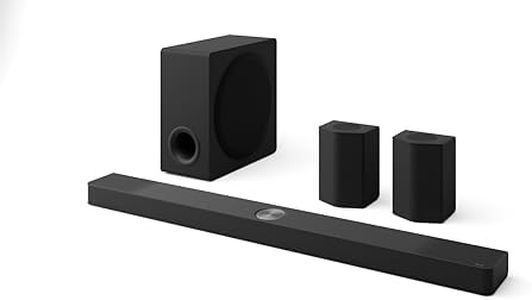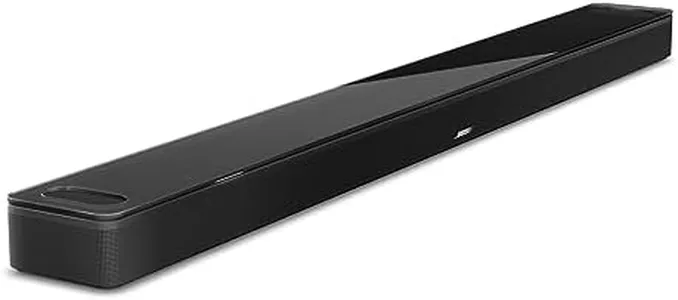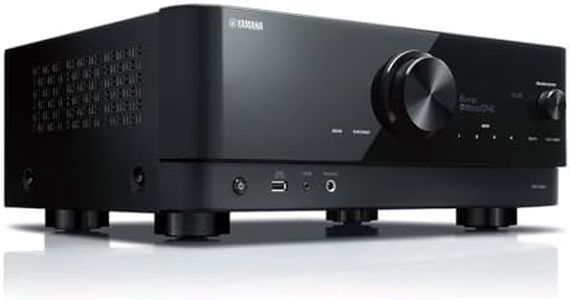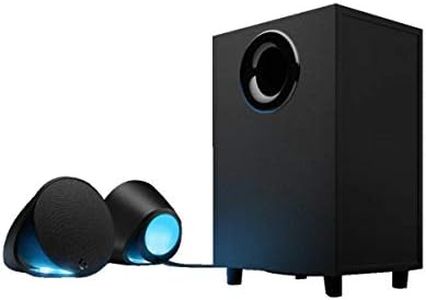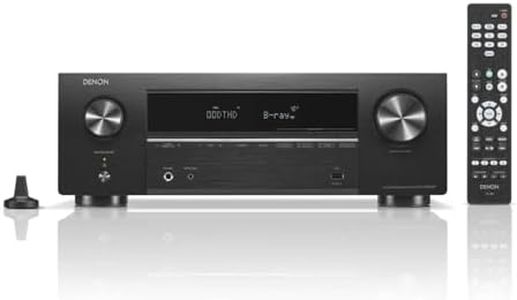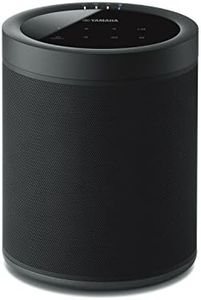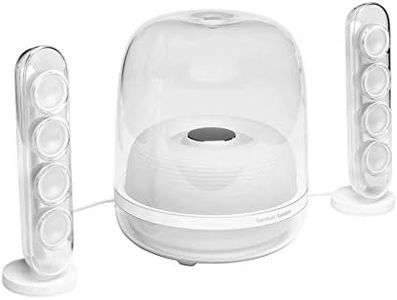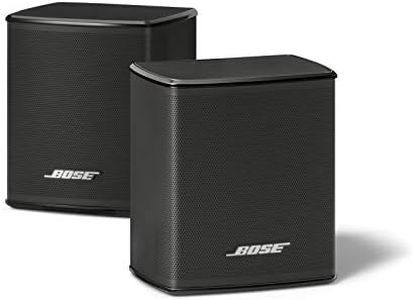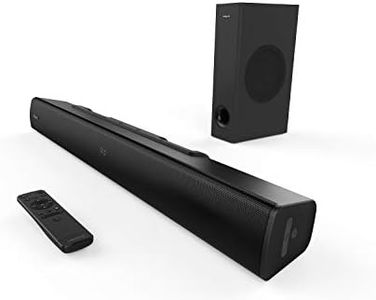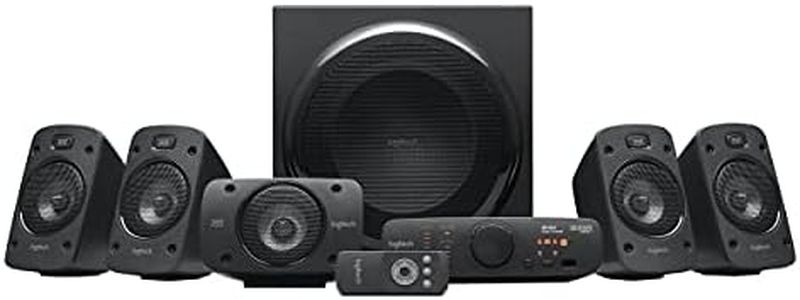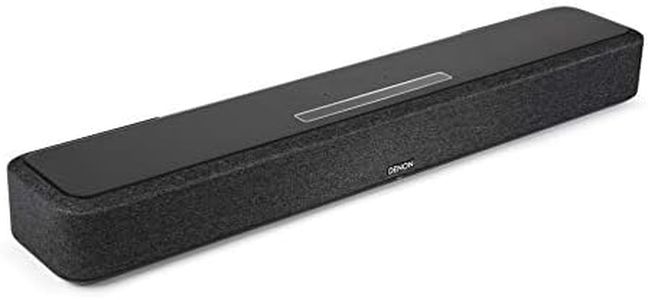We Use CookiesWe use cookies to enhance the security, performance,
functionality and for analytical and promotional activities. By continuing to browse this site you
are agreeing to our privacy policy
10 Best Surround Sound
From leading brands and best sellers available on the web.By clicking on a link to a third party's website, log data is shared with that third party.
Buying Guide for the Best Surround Sound
Choosing the right surround sound system can be a game-changer for your entertainment experience, whether you're watching movies, enjoying music, or playing games. When navigating the options, it's important to consider the space where you'll use it, your usage habits, and the types of content you love most. Understanding the key specifications will help you make a choice that brings the best audio quality and immersion into your room. Each system offers a mix of features and setups, so it's helpful to think about what matters most for your lifestyle before making a decision.Number of ChannelsThe number of channels refers to how many separate audio signals the system can produce, often expressed as numbers like 2.1, 5.1, 7.1, or 9.1. For example, a 5.1 system has five main speakers and one subwoofer. More channels allow for more immersive sound, with audio coming from several directions. If you mainly want better sound than your TV speakers, a basic 2.1 or 3.1 setup may be enough. For a home theater feel, a 5.1 or higher system gives richer, more enveloping audio, especially in larger rooms. Choose based on your desire for immersion and the size of your listening space.
Speaker Placement and SizeSpeaker placement and size influence how audio fills your room and how easily you can set up the system. Larger speakers often provide deeper sound but require more room, while compact speakers are easier to fit in smaller spaces. Some systems use wireless or sound bar setups to simplify placement. If your room is small or you want a tidy setup, look for compact or wireless speakers. For spacious rooms or if you’re aiming for a cinematic experience, bigger speakers or those designed to sit behind, beside, or above the listener might suit you best.
Supported Audio FormatsSurround sound systems can support a variety of audio formats, such as Dolby Digital, DTS, or Dolby Atmos. These formats affect how convincingly sound moves around you and how natural effects like rain, footsteps, or voices feel. Basic systems support standard surround formats, while more advanced ones offer 3D effects or height channels. To decide, think about the kind of content you use most; if you often watch movies or play games made for advanced formats, look for systems that support them. For general TV and music, basic format support is often sufficient.
Connectivity OptionsConnectivity options describe how you hook up your devices to the surround system—options might include HDMI, optical, Bluetooth, or Wi-Fi. More choices mean you can connect newer TVs, streaming devices, game consoles, or even your phone more easily. If you want to keep the setup simple or have newer gear, choose a system with modern connectors like HDMI ARC/eARC or wireless streaming. For older equipment, make sure the system supports legacy ports. Think about what devices you already have and how you plan to use the system most often.
Power Output (Wattage)Power output, measured in watts, tells you how loud and clear a system can play. Higher wattage often means more volume and better quality at louder levels, which is important in large or busy rooms. Lower wattage may be enough for small spaces or quieter listening. Match the output to your room size and how you enjoy sound—go higher if you want powerful, cinema-like experiences, or stay lower if you’re just after a sound upgrade for casual listening.
Subwoofer PerformanceThe subwoofer is responsible for producing deep bass sounds, which add impact to music, movies, and games. Some subwoofers are built-in, some are separate components, and some are even wireless. If you love deep, thumping bass or want to feel explosions and music beats, a system with a strong, separate subwoofer is ideal. For apartments or if you prefer balanced sound, a smaller or integrated subwoofer should suffice.
